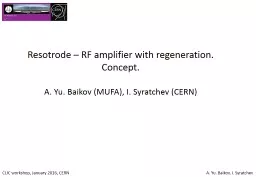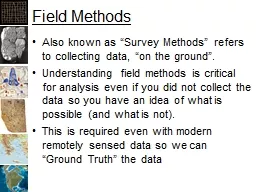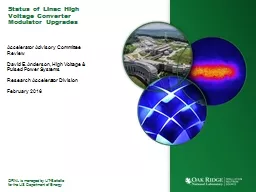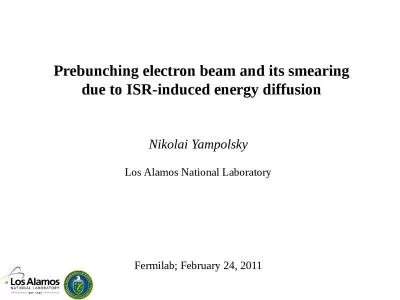PPT-Bunching, Alignment and Collecting (BAC) method for the high efficiency klystrons.
Author : doggcandy | Published Date : 2020-06-29
A Guzilov VDBT I Syratchev CERN Recent developments and perspectives BunchingAlignmentCollecting BAC technology BAC is technical extension of COM where the impedances
Presentation Embed Code
Download Presentation
Download Presentation The PPT/PDF document "Bunching, Alignment and Collecting (BAC)..." is the property of its rightful owner. Permission is granted to download and print the materials on this website for personal, non-commercial use only, and to display it on your personal computer provided you do not modify the materials and that you retain all copyright notices contained in the materials. By downloading content from our website, you accept the terms of this agreement.
Bunching, Alignment and Collecting (BAC) method for the high efficiency klystrons.: Transcript
Download Rules Of Document
"Bunching, Alignment and Collecting (BAC) method for the high efficiency klystrons."The content belongs to its owner. You may download and print it for personal use, without modification, and keep all copyright notices. By downloading, you agree to these terms.
Related Documents














